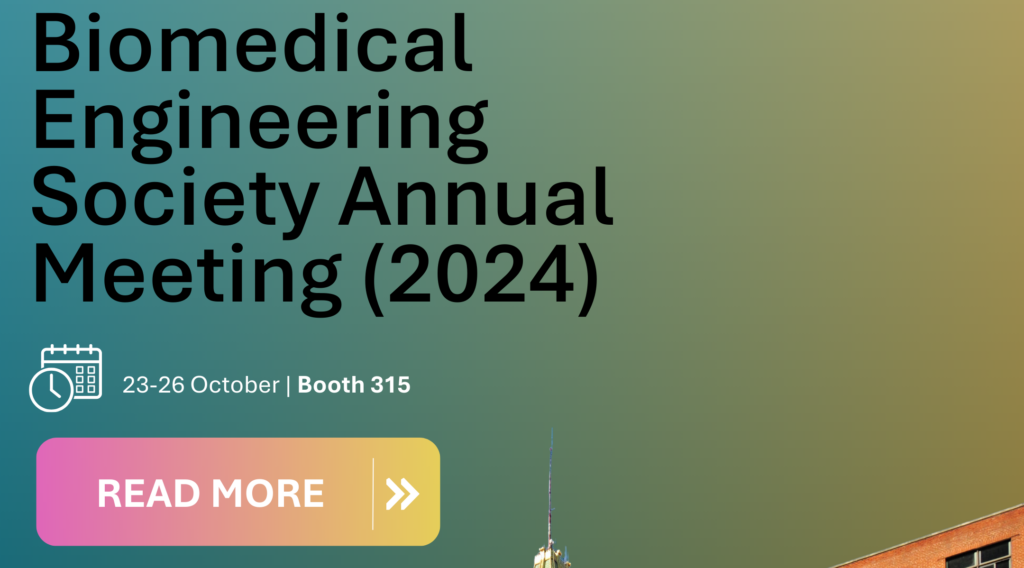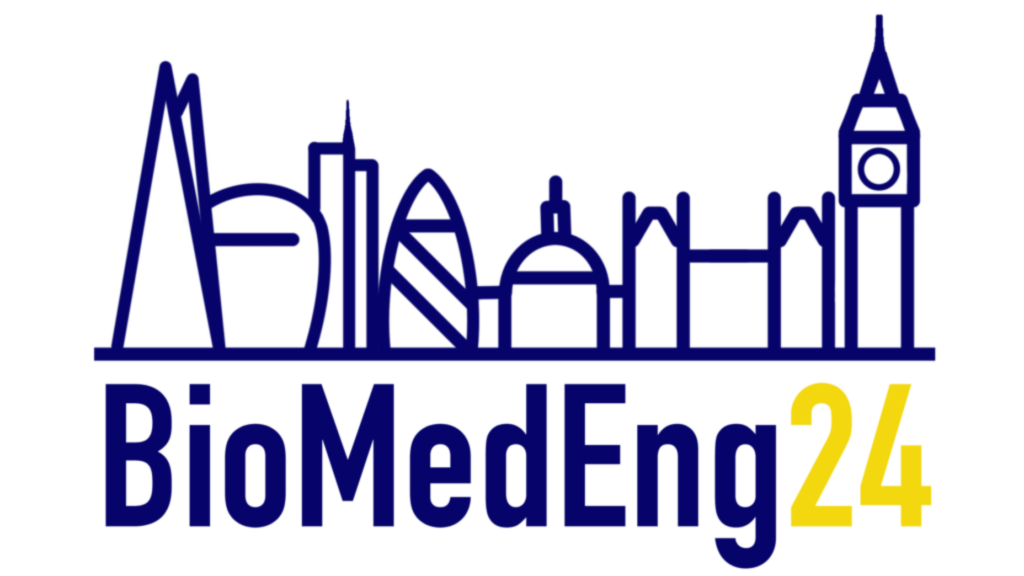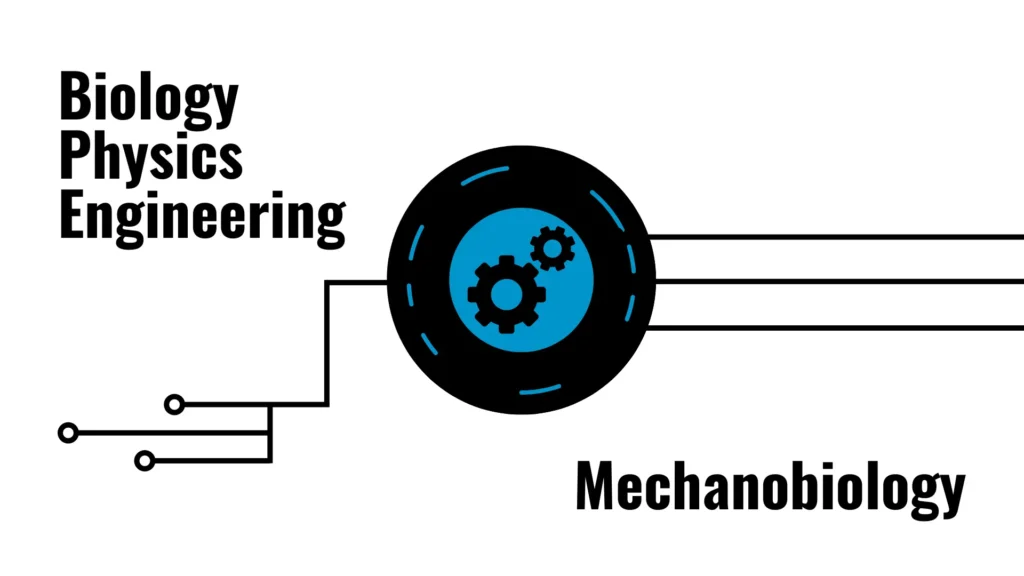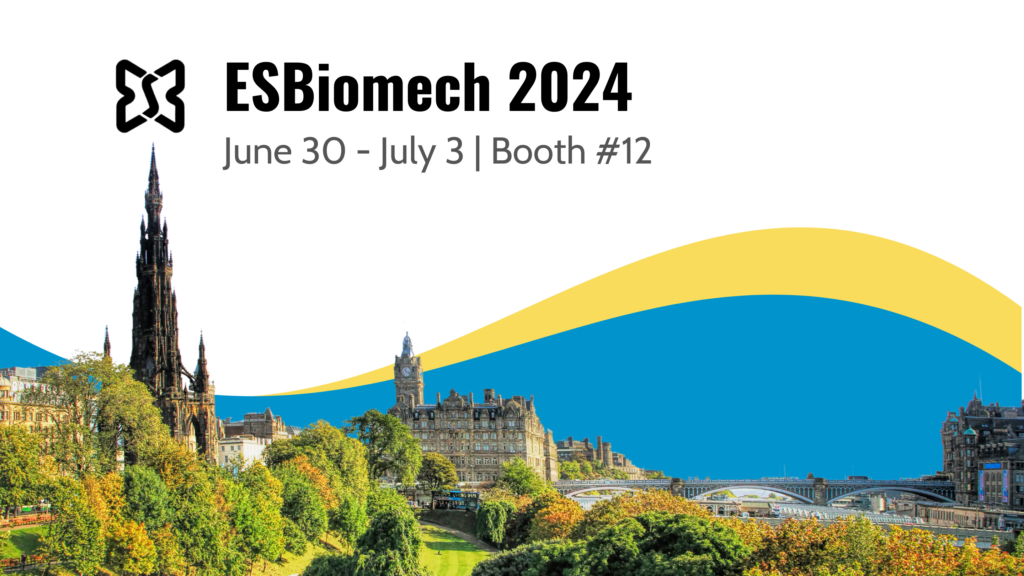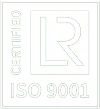Mechanical properties of spheroids and other biomaterials were measured with Piuma and Chiaro Nanoindenters, and featured in 39 new publications in various scientific journals:
Biofabrication (IF 8.2), Biomaterials (IF 10.3), Mechanics of Materials (IF 1.1), Materials Science and Engineering: C (IF 5.9), Nature Communications (IF 12.1), Experimental Mechanics (IF 2.5), Regenerative Biomaterials, Biomacromolecules (5.7), Acta Biomaterialia (IF 6.3), Tissue Engineering Part A. (IF 3.7), Advanced Healthcare Materials (IF 7.4), ACS Biomaterials Science & Engineering (IF 4.5), Scientific Reports (IF 4.0), Journal of Nanobiotechnology (IF 5.2), Colloids and Surfaces B: Biointerfaces (IF 4.0), Journal of Biomechanics (IF 2.7), Journal of the Mechanical Behavior of Biomedical Materials (IF 3.4).
We are especially excited about the first two publications where Piuma Nanoindenter was used on spheroids. This pioneering work on spheroid mechanics presents protocols for mechanical characterization of spheroids by nanoindentation which can be applied to tumor and cancer research and for engineering large and modular tissues for therapeutic transplantations.
Furthermore, the publication by Dr. Manlio Tassieri, prof. Manuel Salmeron–Sanchez, Dr. Massimo Vassali and others (Centre for the Cellular Microenvironment, University of Glasgow) shows that mechanical properties of hydrogels are overestimated by up to an order of magnitude when testing by bulk rheology while nanoindentation with Chiaro at the cell’s length scale and passive-video-particle-tracking microrheology determines mechanical properties correctly. This work reconfirms that indentation is a better method for the characterization of hydrogels as it provides the relevant information on what stiffness would the cells feel.
Check out this list of new publications (April 2020 – November 2020) to see how Nanoindentaters Piuma and Chiaro were used for different applications or contact us if you would like us to test your samples. Other publications can be found here.
Spheroids:
- Three-Dimensional Otic Neuronal Progenitor Spheroids Derived from Human Embryonic Stem Cells
- Directed self-assembly of spheroids into modular vascular beds for engineering large tissue constructs
Single cells:
- Depletion of Vasohibin 1 Speeds Contraction and Relaxation in Failing Human Cardiomyocytes
- Modeling atrial fibrosis in vitro—Generation and characterization of a novel human atrial fibroblast cell line
- Tubulin acetylation increases cytoskeletal stiffness to regulate mechanotransduction in striated muscle
- Repurposing mesalazine against cardiac fibrosis in vitro
- Adverse effects of Δ9-tetrahydrocannabinol on neuronal bioenergetics during postnatal development
Tissue:
Cartilage
- A composite hydrogel-3D printed thermoplast osteochondral anchor as an example for a zonal approach to cartilage repair: In vivoperformance in a long-term equine model
- Exposure to hypergravity during zebrafish development alters cartilage material properties and strain distribution
- Effect of different aged cartilage ECM on chondrogenesis of BMSCs in vitro and in vivo
Brain
Heart, kidney and liver
Kidney, liver, sleen and uterus
Carotid artery
Soft palate
Ocular tissue
Tissue engineering and 3D cell cultures:
- Intrinsic Abnormalities of Cystic Fibrosis Airway Connective Tissue Revealed by an In Vitro 3D Stromal Model
- Decellularized gastric matrix as a mesh for gastric perforation repair
- Modeling the epithelial-mesenchymal transition process in a 3D organotypic cervical neoplasia
Hydrogels:
- Highly Efficient Alginate-Based Macromolecular Photoinitiator for Crosslinking and Toughening Gelatin Hydrogels
- Cellulose Nanocrystal Reinforced Collagen-Based Nanocomposite Hydrogel with Self-Healing and Stress-Relaxation Properties for Cell Delivery
- Ionically and Enzymatically dual-crosslinked Oxidized Alginate Gelatine Hydrogels with Tuneable Stiffness and Degradation Behaviour for Tissue Engineering
- The effects of crosslinking manners on the physical properties and biocompatibility of collagen type I/hyaluronic acid composite hydrogels
- Solutions to ramp-hold dynamic oscillation indentation tests for assessing the viscoelasticity of hydrogel by Kelvin-Voigt fractional derivative modeling
- Improving alginate printability for biofabrication: Establishment of a universal and homogeneous pre-crosslinking technique
- Uncovering mutation-specific morphogenic phenotypes and paracrine-mediated vessel dysfunction in a biomimetic vascularized mammary duct platform
- Micro-/Nanomechanics Dependence of Biomimetic Matrices upon Collagen-Based Fibrillar Aggregation and Arrangement
- Activated hyaluronic acid/collagen composite hydrogel with tunable physical properties and improved biological properties
- Elasticity spectra as a tool to investigate actin cortex mechanics
- Tunable Fast Relaxation in Imine-Based Nanofibrillar Hydrogels Stimulates Cell Response through TRPV4 Activation
- A fully defined pluripotent stem cell derived multi-liver-cell model for steatohepatitis and fibrosis
- What Caging Force Cells Feel in 3D Hydrogels: A Rheological Perspective
Coatings and films:
- PH responsive superporogen combined with PDT based on poly Ce6 ionic liquid grafted on SiO2 for combating MRSA biofilm infection
- 3D printing and characterization of human nasoseptal chondrocytes laden dual crosslinked oxidized alginate-gelatin hydrogels for cartilage repair approaches
- Humidity-Triggered Relaxation of Polyelectrolyte Complexes as a Robust Approach to Generate Extracellular Matrix Biomimeti
- Intrinsic Color Sensing System Allows for Real-Time Observable Functional Changes on Human Induced Pluripotent Stem Cell-Derived Cardiomyocytes
- Effect of Nonphosphorus Corrosion Inhibitors on Biofilm Pore Structure and Mechanical Properties

